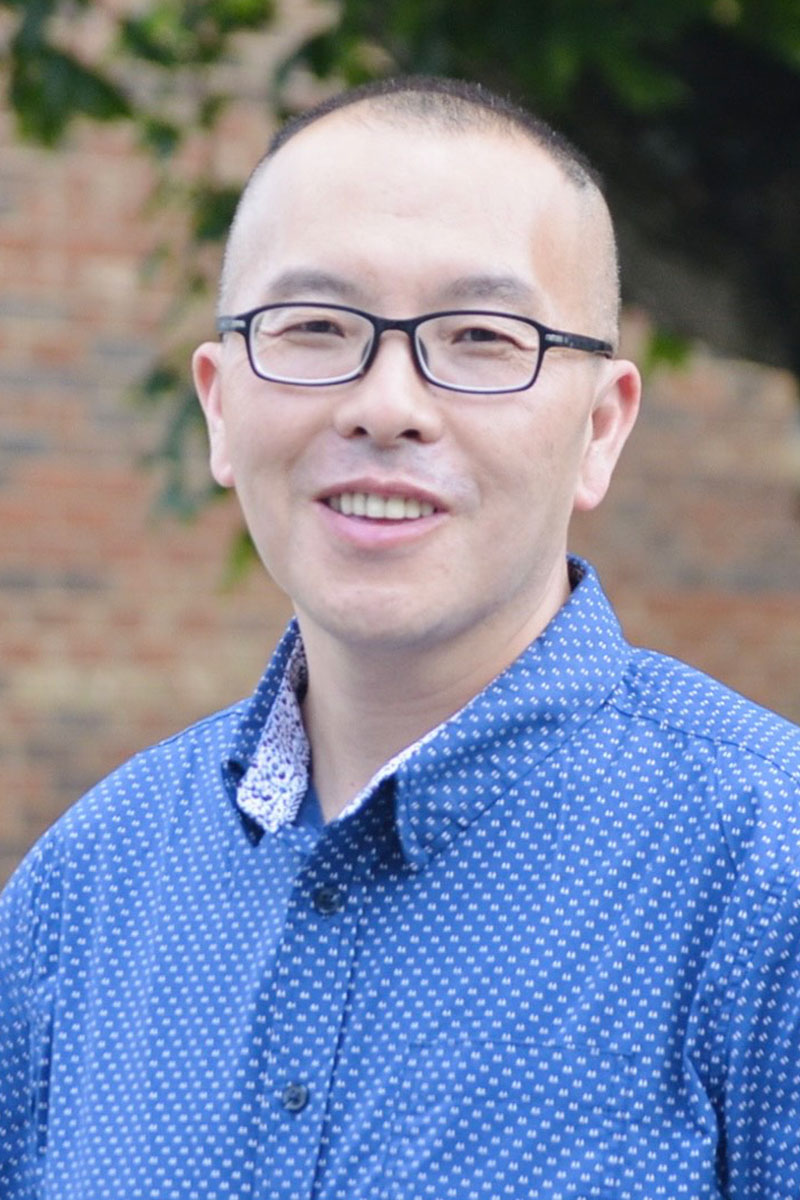by Caleb Jones
Yuqiang (Bob) Bai, PhD, a researcher in the lab of Jason Nichols, OD, MPH, PHD, FAAO, has been awarded an NEI/NIH R21 grant to develop an interferometry system with unprecedented sub-micron resolution to understand tear film structure and function in dry eye disease. The grant is for two years, totaling $370,101.
The goal of the research is to construct a supercontinuum laser source interferometer to quantify submicron changes in the precorneal tear film and to map its distribution across the ocular surface to assess dry eye disease.
“Based on one state-of-the-art supercontinuum light source, this highly innovative strategy is anticipated to measure the dynamics of tear film more objectively and accurately than contemporary clinical tests,” Bai said. “Such a tool, if successful, will have a significant impact on dry eye disease diagnosis, monitoring and treatment.”
The system will provide unique and highly specialized characterization of the structure and function of tear film over current techniques. The long-term impact of this research will improve our understanding of the mechanisms driving tear film dynamics to better understand mechanisms of disease or to develop novel treatments that address mechanisms of tear film instability.
According to Bai, in dry eye disease, the precorneal tear film becomes thinner, and destabilizes (evaporates) rapidly leading to hyperosmolarity, inflammation, and ocular surface desiccation. As such, the quantification of PCTF dynamics is recognized as a priority to understand the progression of dry eye and more accurately diagnose and monitor the disease. However, clinical measures of tear film dynamics (thinning and breakup) are subjective in nature and generally lack validity and repeatability.
“In this R21 subject, we aim to provide novel, non-invasive optical measures that are highly reliable and accurate,” Bai said “It is anticipated that the information generated from our novel system will substantially improve the diagnosis, assessment, and treatment of dry eye disease. Combined with other interdisciplinary approaches, the study will deepen our understanding of the factors that contribute to tear film dynamics, help identify novel diagnostic markers, and inform the development of new therapeutics to slow or prevent the development of dry eye disease.”
Bai said the idea originated from Nichols and his collaborators almost 20 years ago. In 2003, they developed interferometric systems with high resolution to understand changes in human tear film. However, noise from other compartments of the cornea led to a compromise in the accuracy of the pioneering system. Also, the system was limited to a single, small point on the apex of cornea and failed to provide spatial information of the whole eye surface.
“Since 2016, I joined in Dr. Nichols’ lab as a postdoc,” Bai said. “Dr. Nichols and I teamed together to analyze the interference phenomenon occurring on the ocular surface based on the structural layers of the cornea. We developed an algorithm to isolate the signal of tear film from the noise, resulting in superior accuracy. With this algorithm, we readily detected tear film thicknesses as low as ~100 nm via a porotype of fiber-based interferometer. These strong preliminary data supported us to get a R21 grant funded by NIH/NEI.”
